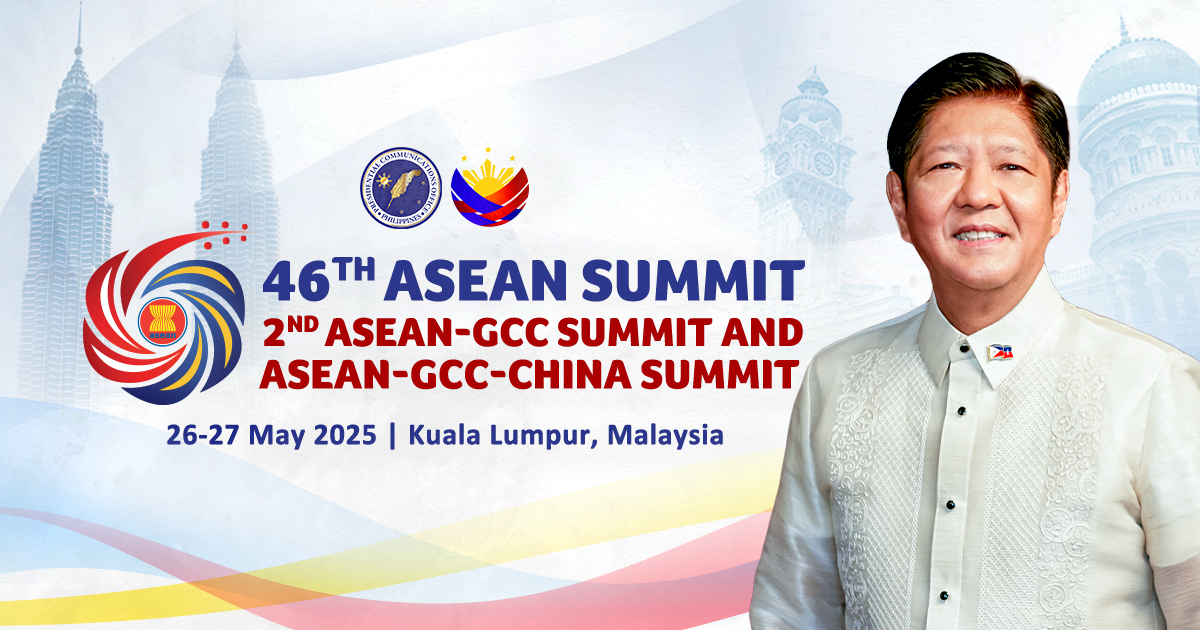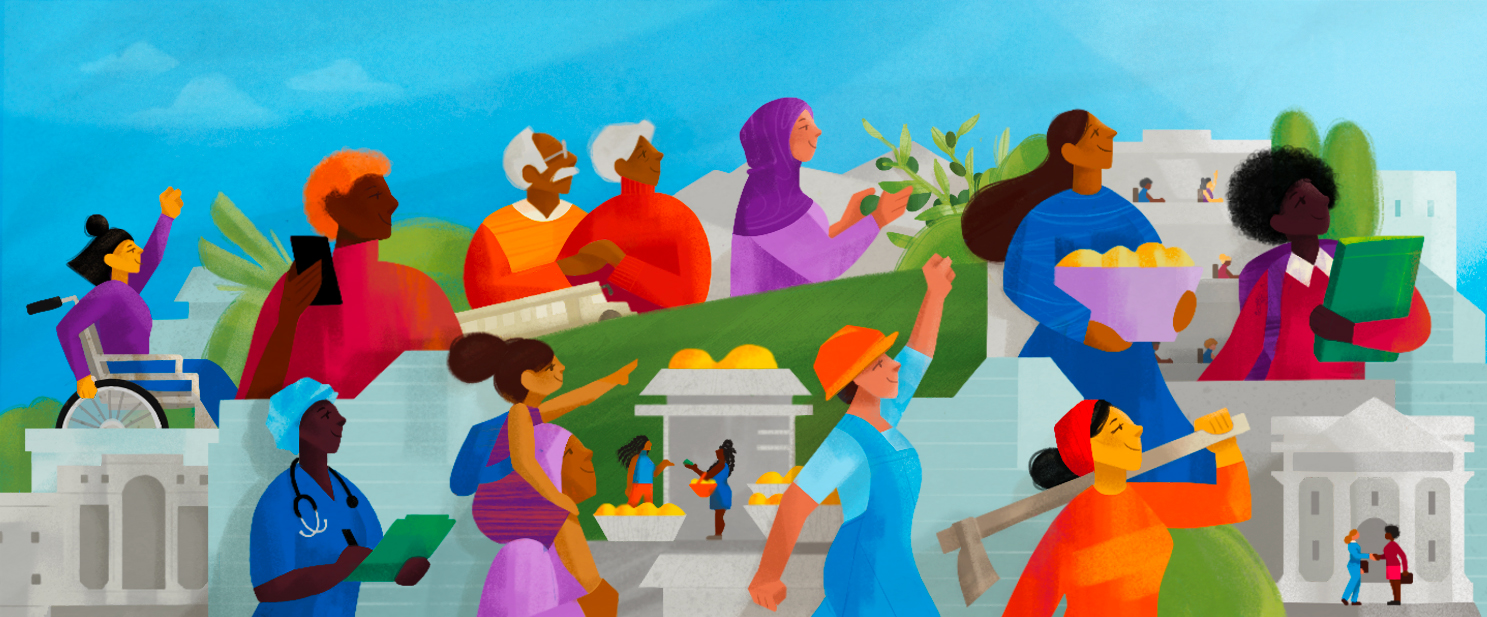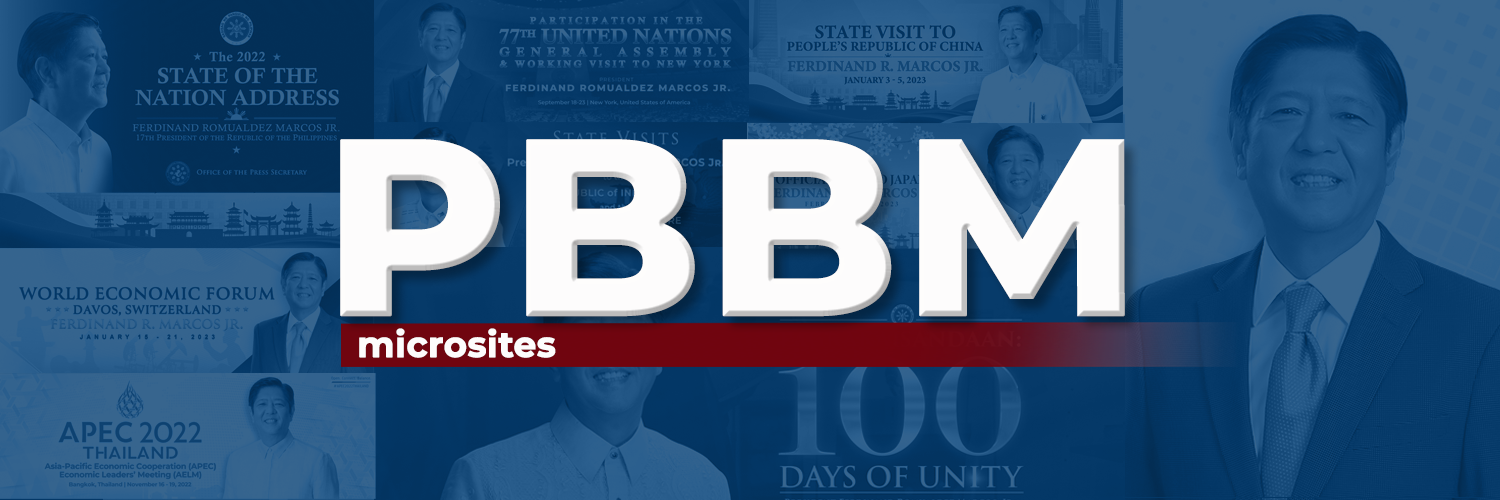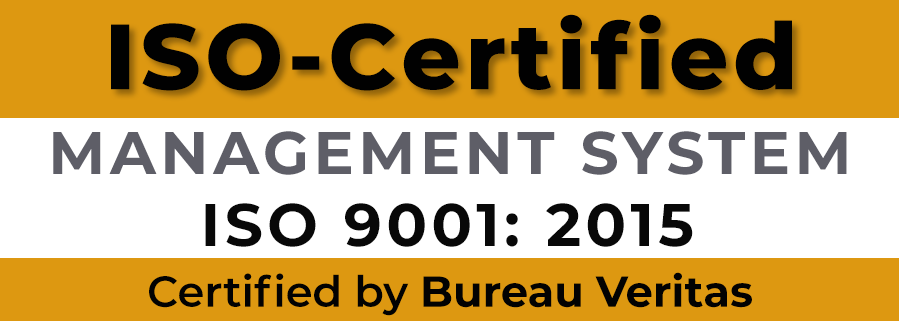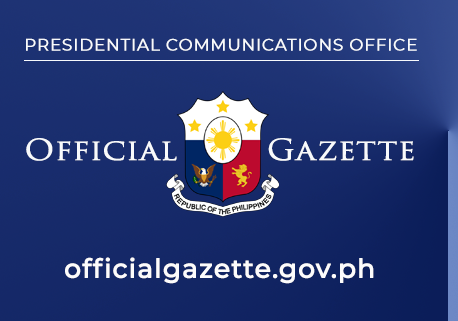November 11, 2015 – News Releases
 |
| 11 November 2015 |
APEC NEWS RELEASES
|
|
|
| Philippines delivers APEC Vladivostok initiative ahead of deadline |
| The Philippines has fully implemented an initiative under the Asia-Pacific Economic Cooperation (APEC) Vladivostok Declaration ahead of its deadline.
Department of Trade and Industry (DTI) Assistant Secretary Ceferino Rodolfo said on Wednesday that the country has delivered its commitment to reduce tariff on 54 environmental goods to 5 percent or less by the end of the year, after President Benigno S. Aquino III signed Executive Order (EO) No. 185 in June. “After undergoing public hearing and consultation, the EO was signed and we reduced the tariff of 54 environmental goods to 5 percent. We are fully compliant with that goal,” Rodolfo said. As part of the APEC Leaders’ Declaration during their meeting in Vladivostok, Russia in 2012, this initiative aims to increase trade in environmental goods by helping APEC businesses and citizens access environmental technologies at a lower cost. In return, this commitment of APEC leaders will push for green growth objectives, addressing climate change and securing sustainable economic development. Most of these environmental goods with tariffs of 5 percent are condensers for steam or other vapor power units, waste incinerators, filtering or purifying machinery, and apparatus for liquids or gas. The official also mentioned that the country’s solar panel exports would benefit from this APEC initiative. In fact, California-based SunPower Corp. invested P9 billion in 2014 for the expansion of its manufacturing facility in Batangas. SunPower’s solar cell products are for export. “We have been benefitting from this APEC initiative. The export of solar panels is one of our interests. We have seen an increase in exports (of solar panels),” Rodolfo added. Moreover, cutting tariff rates on environmental goods is one of the forum’s actions to achieve free and open trade and investments among the APEC’s 21 member economies. The Philippines is the APEC host for this year, with the leaders’ summit happening next week. PNA (kc) |
|
|
| APEC 2015 discussions go beyond traditional dialogue on trade and investment |
| Under the Philippines’ chairmanship, the Asia-Pacific Economic Cooperation’s (APEC) discussions have gone beyond the traditional discussions on trade and investment.
This year, APEC discussions have expanded to discussions on development and the unique relationship between trade and development, according to a briefer on the APEC 2015 Policies, Initiatives, and Programs issued by the Department of Foreign Affairs (DFA), as the government prepares to host the APEC Leaders’ Summit next week. “APEC member economies are discussing ways to achieve quality economic growth through good governance measures,” it was pointed out in the briefer. The APEC has thus put forward an APEC Strategy for Strengthening Quality Growth that embeds the principles of institution building, social cohesion/equity, and concern for environmental impact of economic/industrial activities as new dimensions with which growth should be pursued. The Strategy underscores how quality growth is about the economic well-¬being of every individual and of every economy, focusing on how growth can be sustained over the medium to the long ¬term. Thus, the governments of the APEC economies are called upon to ensure the principles of good governance, transparency, and inclusion in their individual economic pursuits. In the next five years, this document will serve as a strategic guide for the APEC as an institution and as individual economies in strengthening quality growth through agreed initiatives that could be pursued collectively or unilaterally. Initiatives cover various areas: health; access to quality education; skills training; mobility; micro, small and medium enterprises’ (MSMEs); access to capital; and preparedness for and resilience to disasters, such as by adopting set principles for the movement of humanitarian goods during disasters. The Framework also supports the United Nations’ Sustainable Development Goals (SDGs) to end poverty, reduce inequality, and ensure the well-¬being of all, it was stated in the APEC briefer. (PCOO-APEC Communications Group) |
|
|
| President Aquino issues Executive Order modifying Asean-Australia-New Zealand Free Trade Area tariff rates on agricultural products |
| President Benigno S. Aquino III has issued Executive Order (EO) No. 191, which modifies the ASEAN-Australia-New Zealand Free Trade Area (AANZFTA) tariff rates on agricultural products.
The Order, which was signed by the President last November 5, modifies the rates on “certain agricultural products under Executive Order No. 851 (S. 2009) to implement the Philippines’ AANZFTA tariff commitments relating to the World Trade Organization (WTO) decision on waiver relating to special treatment for the rice of the Philippines”. Among the agricultural products covered by the Order are milk and cream, not concentrated nor containing added sugar or other sweetening matter; buttermilk, curdled milk and cream, yogurt, kephir; butter and other fats and oils derived from milk; dairy spreads; cheese and curd; chocolate and other food preparations containing cocoa; malt extract; food preparations of flour, groats, meal, starch or malt extract; and wine of fresh grapes, including fortified wines. The Philippines secured a “Special Treatment” for rice under the WTO Agreement, which temporarily permitted the country to impose quantitative restrictions in the import of rice. The “Special Treatment” expired on June 30, 2012 but was reinstated up to June 30, 2017. According to the Order, Section 402 of the Tariff and Customs Code of the Philippines, as amended, authorizes the President of the Philippines, upon the recommendation of the National Economic and Development Authority (NEDA), to modify import duties (including any necessary change in classification) and other import restrictions, as required or as appropriate to carry out and promote foreign trade with other countries. The NEDA Board approved the tariff reduction schedule during a meeting last February 16. PND (jm) |
|
|
| President Aquino issues Executive Order on modification of most-favored-nation tariff rates on agricultural products |
| President Benigno S. Aquino III has issued Executive Order No. 190, which modifies Most-Favored-Nation tariff rates on certain agricultural products.
Signed by the President last November 5, the Order modifies “the Most-Favored-Nation rates of duty on certain agricultural products under the Tariff and Customs Code of the Philippines, as amended, in order to implement the Philippine Tariff Commitments under the World Trade Organization decision on waiver relating to special treatment for rice in the Philippines”. The tariff modification schedule on certain agricultural products was approved by the National Economic and Development Authority (NEDA) Board during a meeting last February 16. Executive Order No. 190 covers rice (in the husk, husked, semi- or wholly milled, and broken); animal products (edible offal of bovine animals, swine, sheep, goats, horses; meat and edible offal of poultry); buttermilk, curdled milk and cream, butter, dairy spreads, cheese; and vegetables, among others. PND (jm) |
|
|
| Secretary Coloma inspects APEC 2015 International Media Center |
| Communication Secretary Herminio Coloma, Jr. on Wednesday inspected the International Media Center set up by the Asia-Pacific Economic Cooperation (APEC) 2015 National Organizing Council (NOC) for the country’s hosting of the APEC economic leaders’ meeting next week.
Secretary Coloma, who arrived at the International Media Center (IMC) on Wednesday morning, was also briefed on the ongoing overall preparations on the hosting of the APEC, especially on media and communication. After the briefing, he toured the IMC, the International Broadcast Center, as well as other areas in the World Trade Center, which was converted into a media center for the APEC summit. The International Broadcast Center features a master control room and a production room for television and radio broadcasting. The production room has multiple booths for different media organizations. The IMC also has a VIP room, small and medium briefing rooms, a main briefing room, and a common press working area, as well as an indoor standup platform. It also houses the secretariat room, the media lounge, medical clinic, information counter, and a waiting lounge for members of the press who will cover the events at the Philippine International Convention Center (PICC) during the leaders meeting. The media dining hall and the exhibit hall for Philippine-made products are located at the left side of the World Trade Center. The NOC also set up a prayer room located at the left portion of the trade center’s main lobby. The parking areas are located in front and at both sides of the World Trade Center. The international media center opens on Thursday (November 12) for the international and local press. PND (as) (PCOO-APEC Communications Group) |
|
|
| APEC spotlights role of women in economy |
| The Asia-Pacific Economic Cooperation (APEC) 2015 being hosted by the Philippines has highlighted the need for its 21 member economies to boost women’s participation in the region’s economy.
With this year’s APEC theme of “Building Inclusive Economies, Building a Better World”, President Benigno S. Aquino III said during the APEC Women and the Economy (WE) Fora in August that “harnessing the talents and potential of all women can bring about inclusive progress sooner rather than later”. Likewise, the APEC Business Advisory Council (ABAC), the voice of the business community in the Asia Pacific, has been actively supporting the region’s initiatives for gender equality and women empowerment that will contribute to sustainable growth with equity among member economies. To understand women’s status in the region and the forum’s initiatives to enhance their economic participation, here are 10 facts about APEC women: 1. According to the United Nations (UN), the APEC region loses some US$47 billion in output each year due to lack of women’s participation in labor markets. 2. On the other hand, the UN also estimated that the APEC region could gain US$89 billion annually when barriers to women’s economic participation are eliminated. Most of these hurdles faced by women are social, legal, financial and educational in nature. 3. Of the APEC’s female population aged 15 years and older, 59 percent were economically active between 2005 and 2013. 4. The APEC WE Dashboard 2015 showed that 60 percent of women among member economies do not have savings accounts. 5. World Bank data show that only 11.7 percent of women aged 15 years and older in the region had borrowed money from a financial institution. 6. Small and medium enterprise (SME) training courses for women increased to 65.3 percent in 2012. This means women in the APEC region are getting more training opportunities on areas related to SME development, either through governmental or non-governmental programs. 7. As APEC now has more access to technology, consumers are more engaged in e-commerce, with 85 percent of purchasing decisions coming from women. 8. The ages between 20 years and 30 years are most crucial for women. Chair of the ABAC, Doris Magsaysay-Ho, said in one of the APEC meetings in Cebu that this is the period when women in the workforce more likely set off their career track because of important choices, whether freely or forcibly made, such as getting married, raising children, caring for an elderly parent, or a combination of these. 9. To harness women’s economic participation in the Asia Pacific, the APEC WE Fora came up with the Strategic Plan 2015-2018, with focus on access to capital; access to markets; capacity building, health, and leadership; technology and innovation; voice and agency. 10. It was during the first APEC hosting of the Philippines in 1996 that member economies founded the Women’s Senior Leaders’ Network, which called on APEC leaders and ministers to put emphasis on the full participation of women and youth in the economic cooperation agenda. PNA (kc) |
|
|
| Security ready for APEC Leaders’ Meeting, says National Police Chief |
| There is no “specific threat” that could impact the Philippines’ hosting of the Asia-Pacific Economic Cooperation (APEC) Leaders’ Meeting next week, the head of the APEC Security Task Force said Wednesday.
In a press briefing, Philippine National Police (PNP) Chief Ricardo Marquez, also the head of the APEC Security Task Force, said they are confident of their security plans for the November 18 to 19 meeting that will gather some 21 leaders and heads of states. “There is no specific threat for us hosting, holding the APEC Economic Leaders’ Meeting next week,” he said. “We are very, very confident already that we have put up a very good security plan.” So far, the PNP group has successfully handled 36 APEC events. Marquez noted that in these events, they brought the “best people” and gathered the “best practices”. “We applied the major event security framework of APEC. Our people learned all the job. This is the final show, so we are very, very confident that our security preparedness is so excellent,” he added. Marquez said 70 percent of the security team deployed for the APEC are PNP personnel, but credited the Metro Manila Development Authority for the traffic scheme, the Philippine Coast Guard for maritime security, and the Philippine Air Force for air traffic and security. Meanwhile, China has expressed concern about the possible rallies or protests directed against its visiting leader, President Xi Jinping, during the AELM because of the territorial dispute between the two countries. Although there is no specific threat, the Chinese Embassy in Manila is concerned about protests against China’s activities in the West Philippine Sea (South China Sea) when President Xi arrives in Manila on November 17. The PNP had a briefing at the Chinese Embassy in Makati City earlier on Wednesday. Marquez however assured that they have put in place measures and security arrangements for the “whole embassy road in Makati”. Most ambassadors’ residences are either in Dasmariñas Village or Forbes Park in Makati City. “As host of the APEC, it is our duty that those concerns are properly addressed. This morning, there was a briefing and concerns were properly addressed,” Marquez said. “(They want) an assurance that we actually laid down the best security that is humanly possible.” For his part, newly installed Interior Secretary Mel Senen Sarmiento said hosting the APEC is a rare opportunity for the Philippines, and comes only once every two decades. “Bisita ng bansa ang lahat ng dadalo. Ibig sabihin bisita sila ng lahat ng Pilipino,” he said. (PCOO-APEC Communications Group) |
|
|
| APEC trivia: Leaders use fixed chairs for meetings |
| Here’s an interesting fact about the Asia-Pacific Economic Cooperation (APEC): Leaders of the 21 APEC member economies use fixed chairs in their meetings and gatherings.
Communication Secretary Herminio Coloma, Jr. explained the reason behind the use of fixed chairs instead of swivel chairs during the APEC leaders’ meetings. “In APEC, leaders don’t use swivel chairs. They always use fixed chairs because swivel chairs make one turn his back on someone,” Secretary Coloma said on Wednesday when he inspected the World Trade Center, which will be used as the International Media Center for next week’s APEC Summit. “They use fixed chairs to enable leaders to easily talk to those seated beside them. It keeps a leader from turning his back on someone or talking behind the back of somebody else,” he added. Coloma likewise said sitting on fixed chairs indicates “openness” among the heads of states. While leaders strictly use fixed chairs during their meetings, they are expected to be seated on swivel chairs during the welcome dinner to be hosted by President Benigno S. Aquino III on November 18. Coloma said leaders could use swivel chairs during the gala dinner since it is a less formal occasion where they are expected to mingle with one another. The swivel chairs to be used during the banquet will be designed by world-renowned Filipino furniture designer Kenneth Cobonpue. Cobonpue has been tapped by the government for the welcome reception for APEC leaders. He will also make the souvenirs that will be given to the 21 APEC leaders. PND (jb) |
|
|
| Greater global commitment to mitigate Climate Change urged |
| The Climate Vulnerable Forum (CVF) has called for greater global commitment to mitigate climate change that puts vulnerable countries at risk.
Climate Change Commission Acting Deputy Executive Director Joyceline Goco said that during its recent Sherpa Senior Officials Meeting at the Diamond Hotel, the CVF, currently chaired by the Philippines, issued the Manila Communiqué. She said the communiqué emphasizes the “importance of national action while calling for greater global commitments to respond to the needs of the most vulnerable countries”. “We remain committed to trigger actions that will accelerate progress towards the goal of staying below 1.5 degrees Celsius,” Assistant Secretary Goco said during a press briefing in Malacañang on Wednesday. Goco said the most critical issues discussed during the meeting were lowering carbon development, acknowledging the effects of climate crisis around the world, and recognizing the need to put in place actionable means of implementation by all responsible parties. “We recognize the urgency for an ambitious, universal, legally binding, dynamic and durable agreement; that our highest motivation is to limit warming below 1.5°C in order to secure our survival, but beyond this, sustainable development in which prosperity is inclusive of all,” she said. “We acknowledge that the climate crisis affects us all – developed, developing and least developed countries. But though our contributions to this crisis are remarkably dissimilar, the impact especially upon us — countries more exposed and vulnerable to increasing frequency, intensity, and severity of climate-related disasters — is enormously acute than we have been responsible for and can currently cope with. And this is despite the initiatives climate vulnerable countries have been undertaking to ensure that we are progressing to strengthen our national and local capacities to adapt and mitigate against increasing climate disturbances,” she added. “Definitely not the least is recognizing the urgency to put in place actionable means of implementation by all responsible parties. We underscore the ascendancy of fully operationalizing climate finance mechanisms to enable vulnerable countries to secure our prosperous and climate-resilient future,” Goco further said. She said the CVF will present the following “collectively agreed actions” during the Climate Summit in Paris this December: “First, we will strengthen our leadership in taking national climate actions to ensure progress towards the goal of staying below 1.5°Celsius, upscaling our own mitigation actions and accelerating our capacity development for adaptation. “Second, we will work in solidarity with developed countries to put in place actions on loss and damage consistent with the Warsaw International Mechanism to ensure developing countries are enabled to manage climate risks. “Third, we will call for the global community to hasten means by which vulnerable countries are able access predictable, scaled-up climate finance, while directing our own resources and capacities towards climate actions. “And finally, climate vulnerable countries will continue to articulate the centrality of tackling climate change within a regime of human rights protection,” Goco said. Aside from the Philippines, the other members of the CVF Vulnerable 20 (V20), consisting of the top 20 nations diversely affected by various climate change problems, are Afghanistan, Bangladesh, Barbados, Bhutan, Costa Rica, Ethiopia, Ghana, Kenya, Kiribati, Madagascar, Maldives, Nepal, Rwanda, Saint Lucia, Tanzania, Timor-Leste, Tuvalu, Vanuatu and Vietnam. “Inspired by our collective progress as vulnerable countries, we will bring our bold ambition to the world leaders, not as end of a journey, but as a milestone towards a more prosperous and sustainable future,” said Goco. Goco said that beyond the Paris Conference, the CVF is determined to draw attention towards innovative mechanisms through the V20 Group of Finance Ministers which was launched in Lima, Peru last September; establish a South-South Centre of Excellence on Climate Information Services in the Philippines that will serve as a platform for the exchange of knowledge, technology and best practices to intensify capacities to conduct science and evidence-based research to further the CVF advocacy; and works towards a new culture of international partnership by expanding collaboration with civil society, the academe, private sector and other stakeholders. The CVF Manila conference is the culmination of a series of regional consultations conducted in Asia, Africa, Latin America, Middle East and the Pacific in 2014 and 2015. The CVF, which was formed in Maldives in 2009, seeks to address the challenges posed by global warming. PND (jm) |
|
|
| The APEC Bogor Goals and its benefits to the Philippines |
| Member economies of the Asia-Pacific Economic Cooperation (APEC) have been pursuing free and open trade and investments by 2010 for developed economies and by 2020 for developing economies like the Philippines.
These targets, known as the “Bogor Goals”, emerged when APEC leaders gathered in Bogor, Indonesia in 1994. In achieving the Bogor Goals, member economies have committed to reduce barriers to trade and investments by pushing for a free flow of goods, services and capital. Bogor Goals achievements It also noted that conditions for foreign service providers have improved in some sectors. Likewise, some APEC economies are now open to liberalize their markets for foreign ownership while other member economies are trying to attract investors by improving tax conditions and providing legal stability. Member economies are also boosting efforts to adopt and align to international standards. Adopting the international standards will help free the flow of trade in the region. Regional trade agreements (RTAs) and free trade agreements (FTAs) are also expanding within the Asia Pacific. Trade negotiations under RTAs and FTAs in the region have pushed APEC member economies to hasten the implementation of the forum’s initiatives towards achieving the Bogor Goals. Philippine progress on the Bogor Goals This is also expected to improve as President Benigno S. Aquino III signed an Executive Order in June 2015 that reduces the tariff of 54 environmental goods to 5 percent, in line with the Philippines’ commitment to the forum’s trade initiative. Furthermore, 79.2 percent of the domestic standards are aligned with international standards. However, the developing APEC economy still has investment restrictions, particularly on foreign equity, and its Foreign Investment Negative List has 11 sectors where no foreign equity is allowed. How the Philippines will benefit from trade and investment liberalization Rodolfo cited the benefits of the Philippines in the Association of Southeast Asian Nation (ASEAN) FTA, a sub-region trade pact in the APEC, which eliminated tariff on goods since 2010. “Our tariffs are very competitive. The growth of our industries has proven that,” he added. He mentioned that the country’s average manufacturing growth was at 8 percent during the 2010-2014 period, up from 2.4 percent during the 2005-2009 period. Investment growth soared to 12.7 percent in the 2010-2014 period from 0.4 percent growth in the 2005-2009 period while net foreign direct investments rose to US$6.2 billion in 2014 from US$1.07 billion in 2010. These contributed to gross domestic product (GDP) expansion of the country to peg at 6.2 percent per year from 2010 to 2014 from its previous annual GDP growth of 2 percent from 2005 to 2009. “We still have challenges to achieve these goals of free and open trade and investments but we have achieved so much under this administration,” the official noted. “We have been undertaking reform efforts like the Competition Law, opening our banking industry, Cabotage Law, and other pending high-priority legislations,” he added. The APEC region is a significant trade and investment partner for the Philippines. As of June 2015, the country’s top five export markets were APEC member economies — Japan, the United States, China, Hong Kong, and Singapore. Top five import sources for the Philippines were all APEC members: China, the US, Japan, Singapore, and Chinese Taipei. In terms of investment sources, APEC economies including Japan, South Korea, the US, and Singapore are the country’s top foreign investors, as of the first quarter of this year. PNA (kc) |
|
|
| 10 things to know about APEC transport sector discussions |
| The Philippines hosted last October the Asia-Pacific Economic Cooperation (APEC) Transportation Ministerial Meeting in Cebu, under the theme, “Driving Economic Growth Through Inclusive Mobility and Sustainable Transport Systems”.
Transportation ministers of the Asia-Pacific region discussed inclusive mobility, developing sustainable transport systems, and encouraging innovation and transport systems. Among the highlights of the Cebu discussions were the inclusion of women in the transport sector, new technological developments in the sector such as Uber, and opportunities that await women in the sector. The following were raised during the APEC’s discussions on transportation: The ABAC on women’s rights The ABAC’s Chair Doris Magsaysay-Ho noted that women are better drivers than men, contrary to popular perceptions. Uber Technologies, Inc. already has plans to hire women drivers. Uber, a worldwide app-based business The service is available in 58 countries and 300 cities worldwide, including the Philippines. By middle of this year, Uber was estimated to be worth US$50 billion. Opportunities for women in the shipping sector Major seafaring nation First American woman ship captain Marriage, child bearing and raising family hamper women’s careers Losses due to women’s non-participation in workforce Women, not well represented She said the transportation sector is crucial to women’s economic empowerment as it allows mobility and provides career opportunities. US initiative to include women in the transport sector As a result, ministers directed the APEC Transportation Working Group to launch a ‘Women in Transportation’ initiative to develop and implement actions that advance opportunities for women throughout the sector. The Women in Transportation initiative builds on core principles of the APEC’s Policy Partnership on Women and the Economy. Walking instead of motorized transport use At the same time, the country promoted non-motorized mobility, particularly in central business districts, to encourage people to use bicycles or to walk. PND (as) |
|
|

